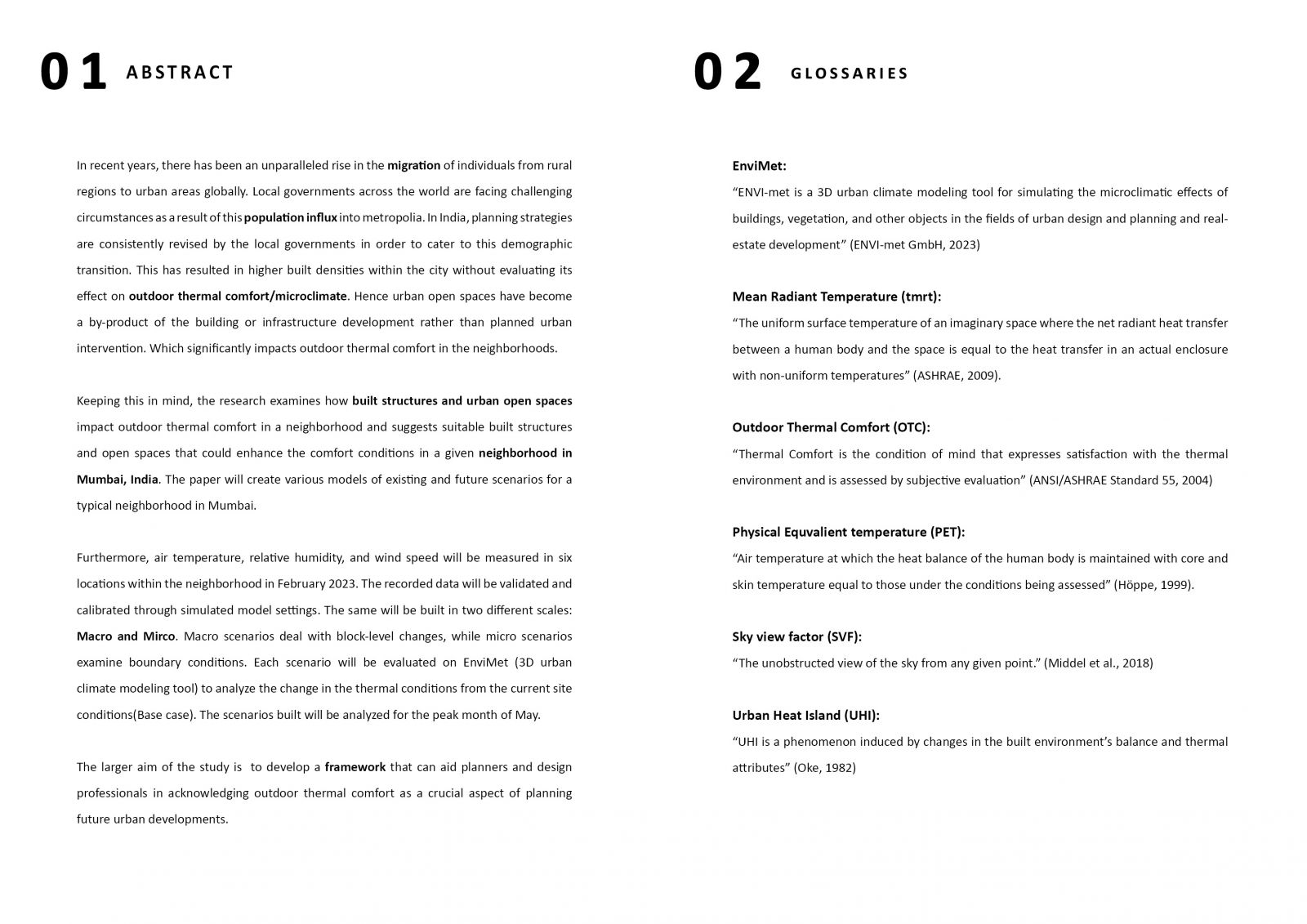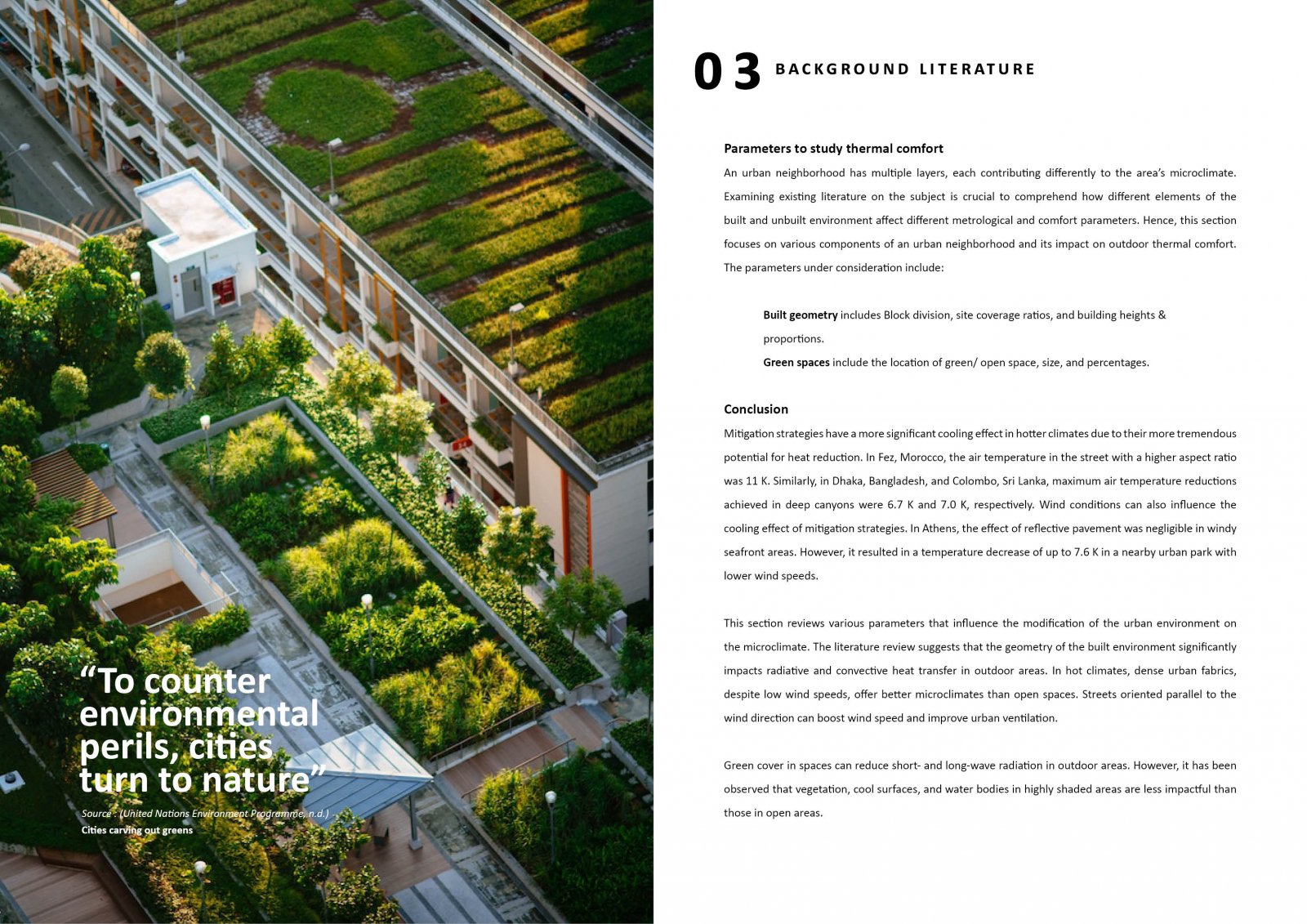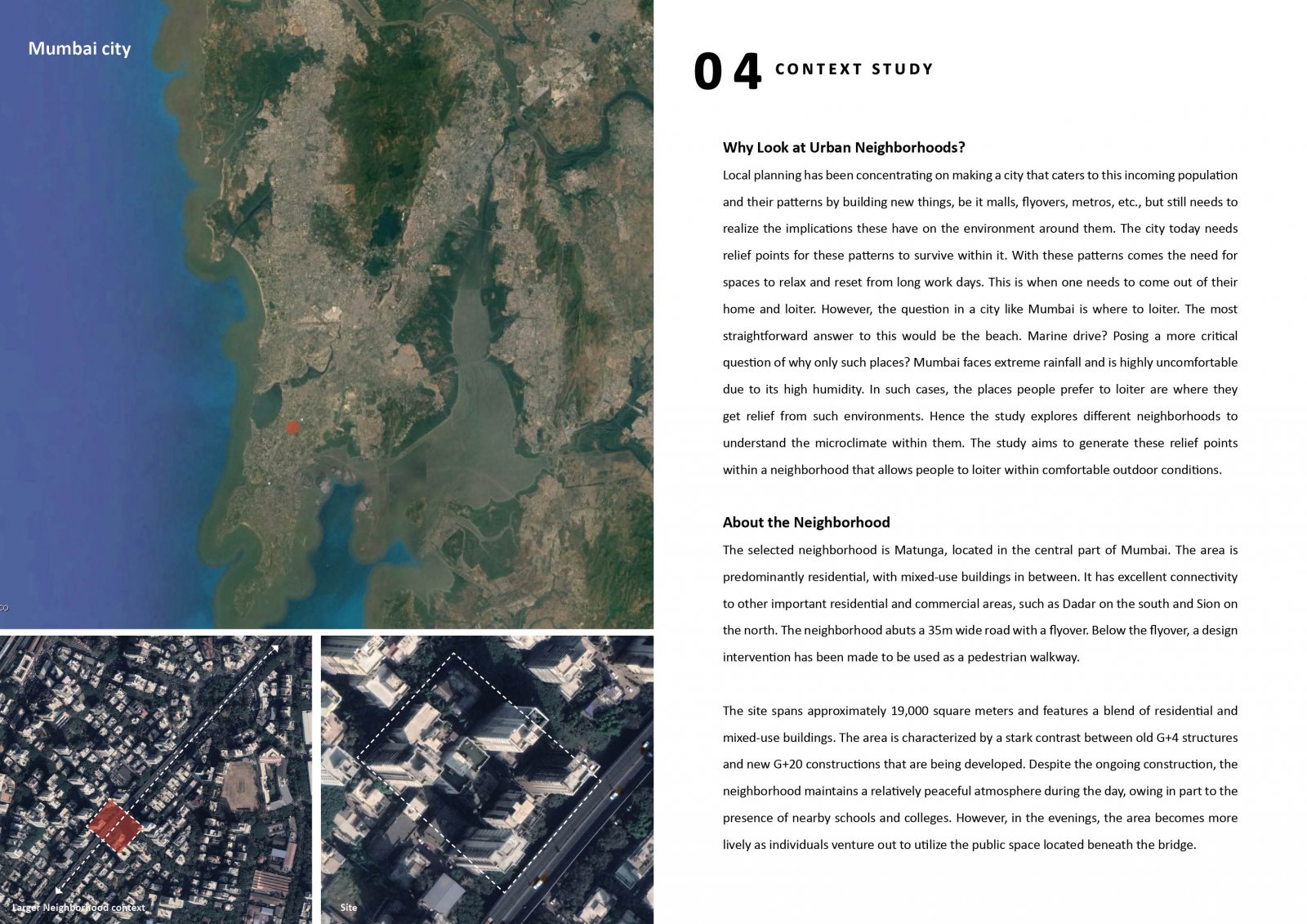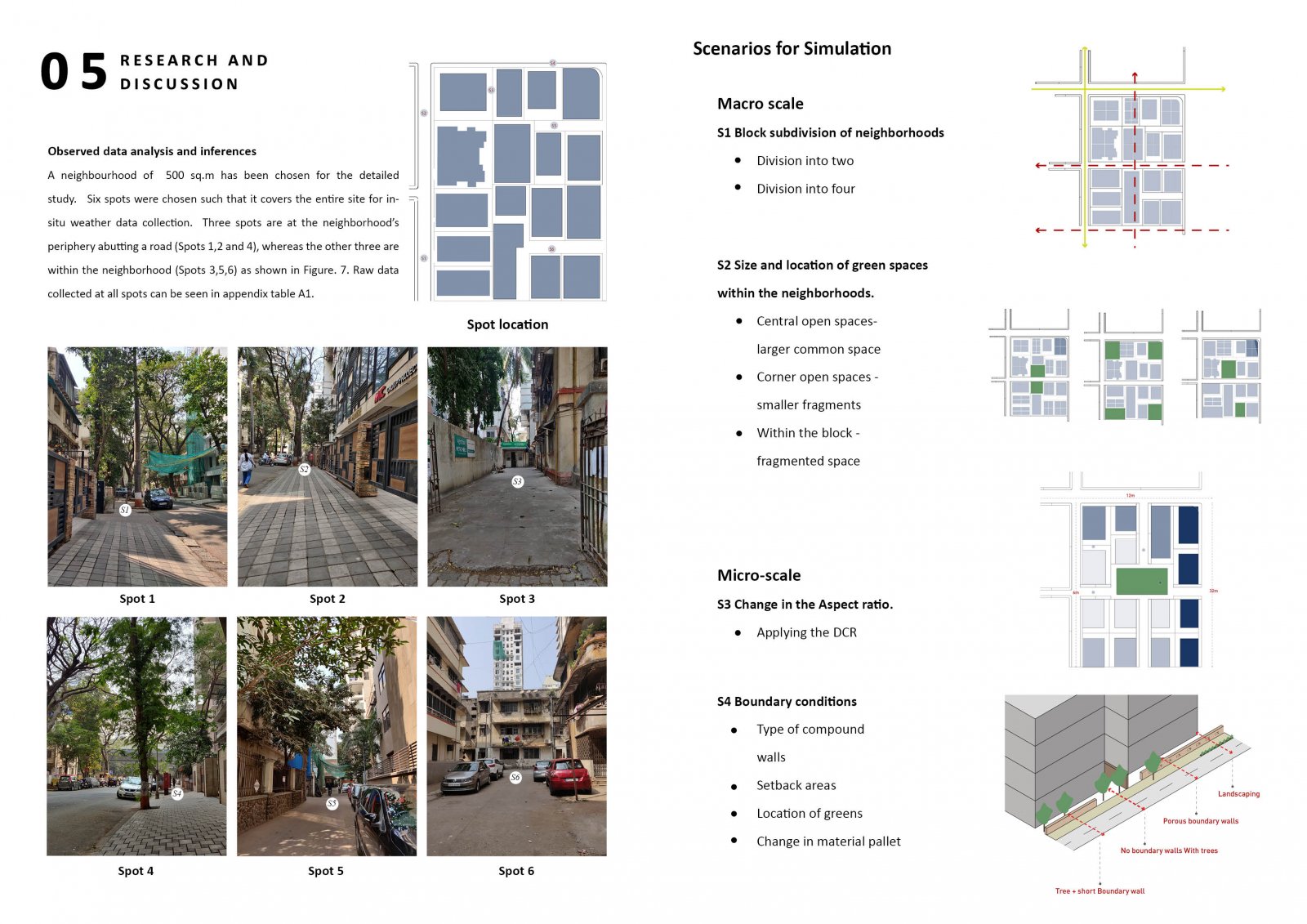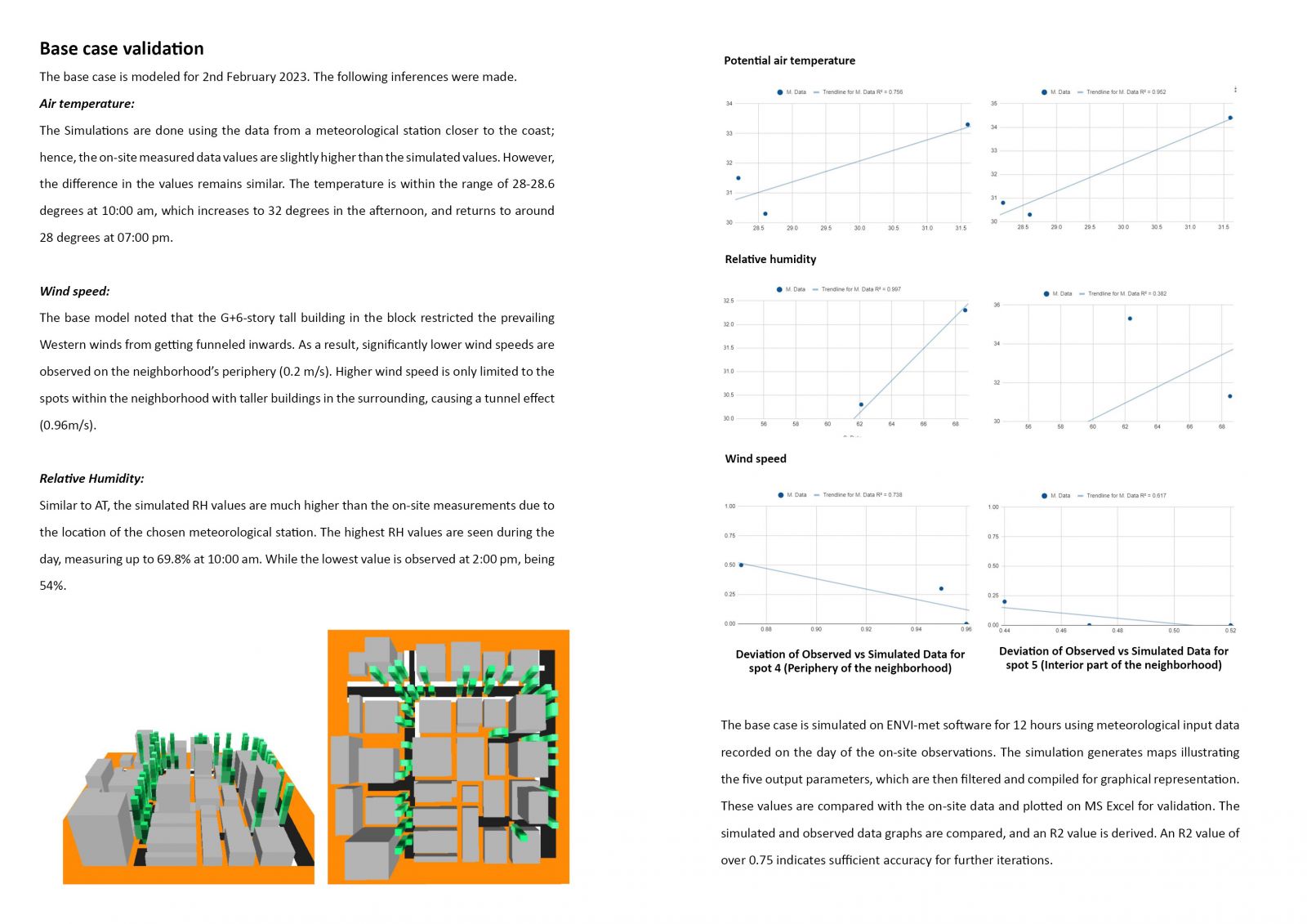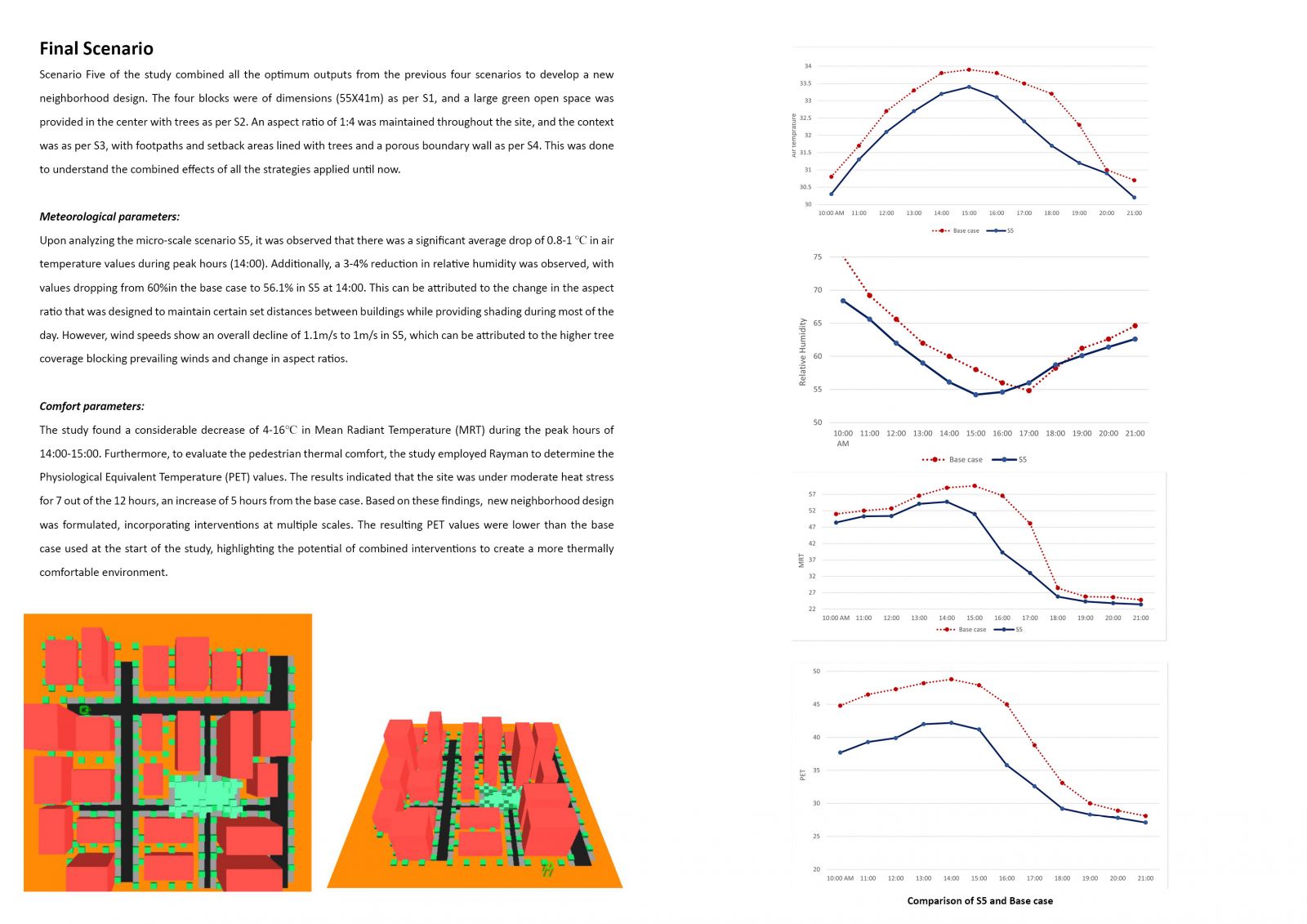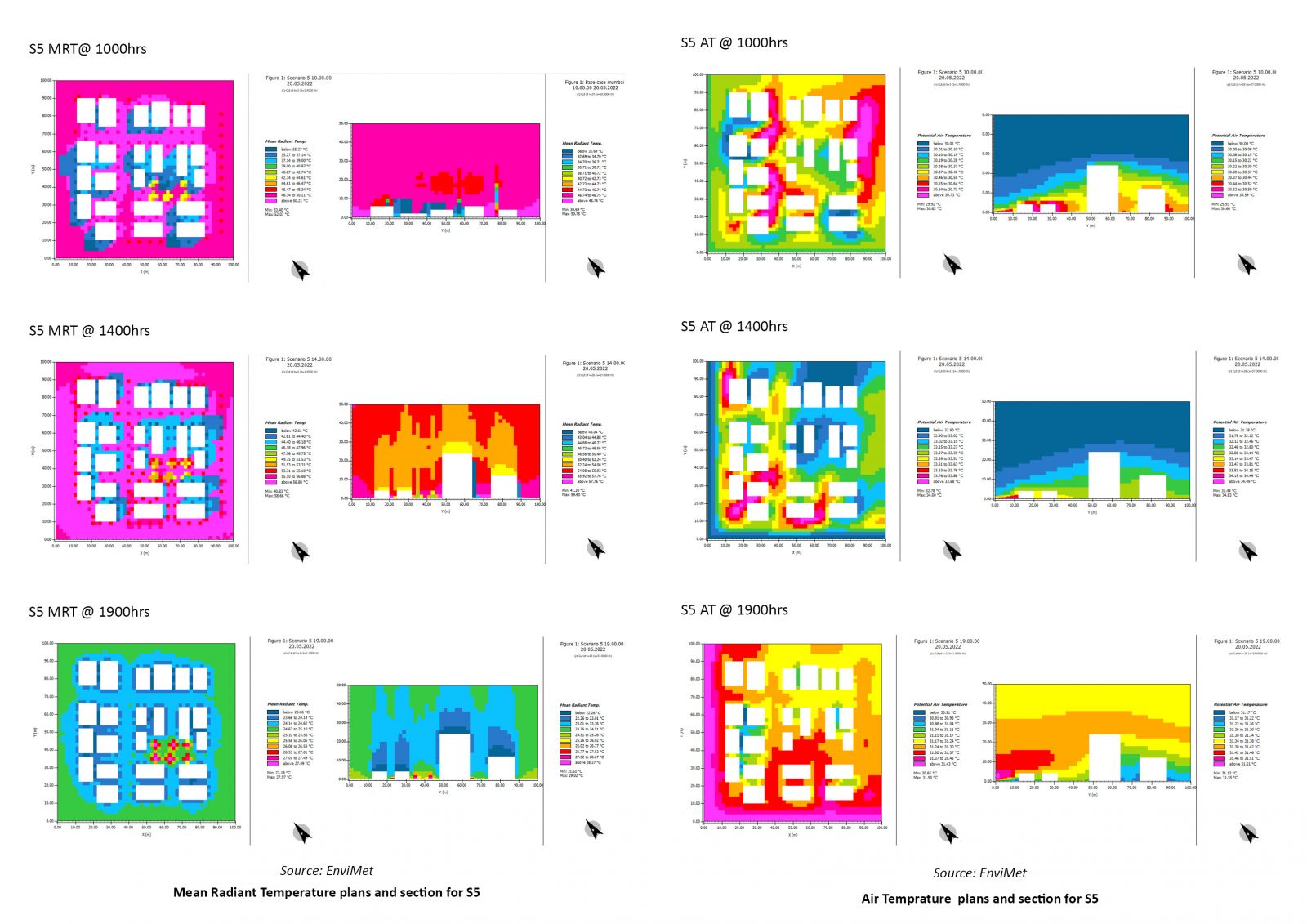Your browser is out-of-date!
For a richer surfing experience on our website, please update your browser. Update my browser now!
For a richer surfing experience on our website, please update your browser. Update my browser now!
According to the United Nations, “the global population is 8 billion as of 2023 and is expected to increase to 8.5 billion by 2030, 9.7 billion by 2050, and 10.4 billion by 2100. Over the next three decades, the world is predicted to undergo rapid urbanization, with the urban population projected to grow from 56 percent in 2021 to 68 percent in 2050”. This will significantly increase Africa and Asia’s 2.2 billion urban inhabitants, indicating that most regions will become more urbanized. (UN, World Cities Report 2022)
This reinforces the notion that cities are becoming increasingly vital and will continue to be so. However, this urbanization and growth are accompanied by interconnected and existential global challenges, such as climate change, rising inequality, and epidemics. These challenges have an implicit connection to the growth of our cities and are likely to impact their future development profoundly. Making it imperative to plan, design and think about our cities that are sustainable, resilient, and capable of addressing these issues.
The research aims to understand the dire need for public spaces within the urban neighborhood. With the rise in population and an unprecedented global pandemic, we have already understood the frustrations of being confined in our homes. With this in the background and rising health issues in cities, the need for more livable public spaces is evident.
